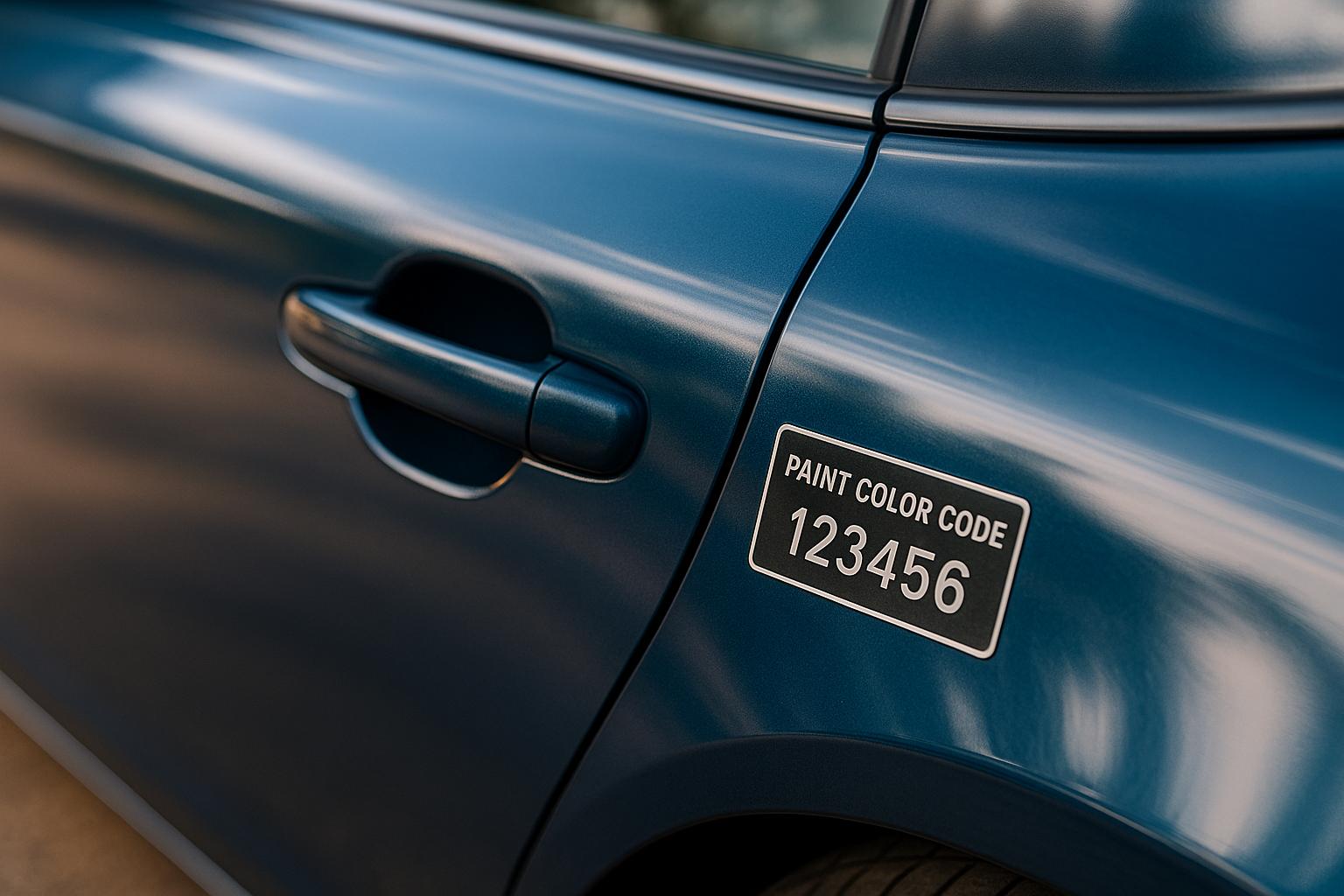November 10, 2025

When it comes to maintaining your vehicle’s look, finding the right hue for touch-ups or repaints can feel like a needle in a haystack. That’s where a reliable tool for identifying your car’s color code comes in handy. Whether you’ve got a scratch to cover or you’re planning a full panel refresh, knowing the exact manufacturer shade ensures a flawless match.
Every automaker, from Ford to Toyota, assigns unique codes to their paint formulas. These aren’t just random numbers—they’re the key to replicating the original finish. Without them, you risk mismatched patches that stand out like a sore thumb. Our vehicle shade lookup system simplifies this by pulling from an extensive database of manufacturer data, covering popular makes and models across various years. Just input a few details, and you’ve got the info you need.
Not sure where to start? Many cars hide their color details in spots like the door frame or engine compartment. If online results fall short, a quick peek at these locations—or a chat with your local dealer—can save the day. With this approach, you’re never far from nailing that perfect finish.
No worries! If our database doesn’t pull up a match, check your car manually. Most vehicles have the paint code on a sticker or plate in spots like the driver’s side door jamb, under the hood near the engine bay, or sometimes in the trunk. It’s usually a short string of letters and numbers. If you’re still stuck, snap a photo of any labels you find and take it to your dealership—they’ll sort it out for you.
Absolutely, it can! While make, model, and year give us a solid starting point, a VIN narrows it down to your specific vehicle. Manufacturers sometimes use different shades for the same model across production runs, and the VIN helps us catch those quirks. If you’ve got it handy, pop it in for the most accurate result.
Yes, you sure can! The code we provide matches the original manufacturer’s color, so it’s perfect for ordering touch-up paint or aerosol cans for small fixes. Just double-check the code physically on your car if possible, since rare discrepancies can happen. Also, keep in mind that older cars might have faded paint, so blending techniques or professional help could be needed for a seamless look.